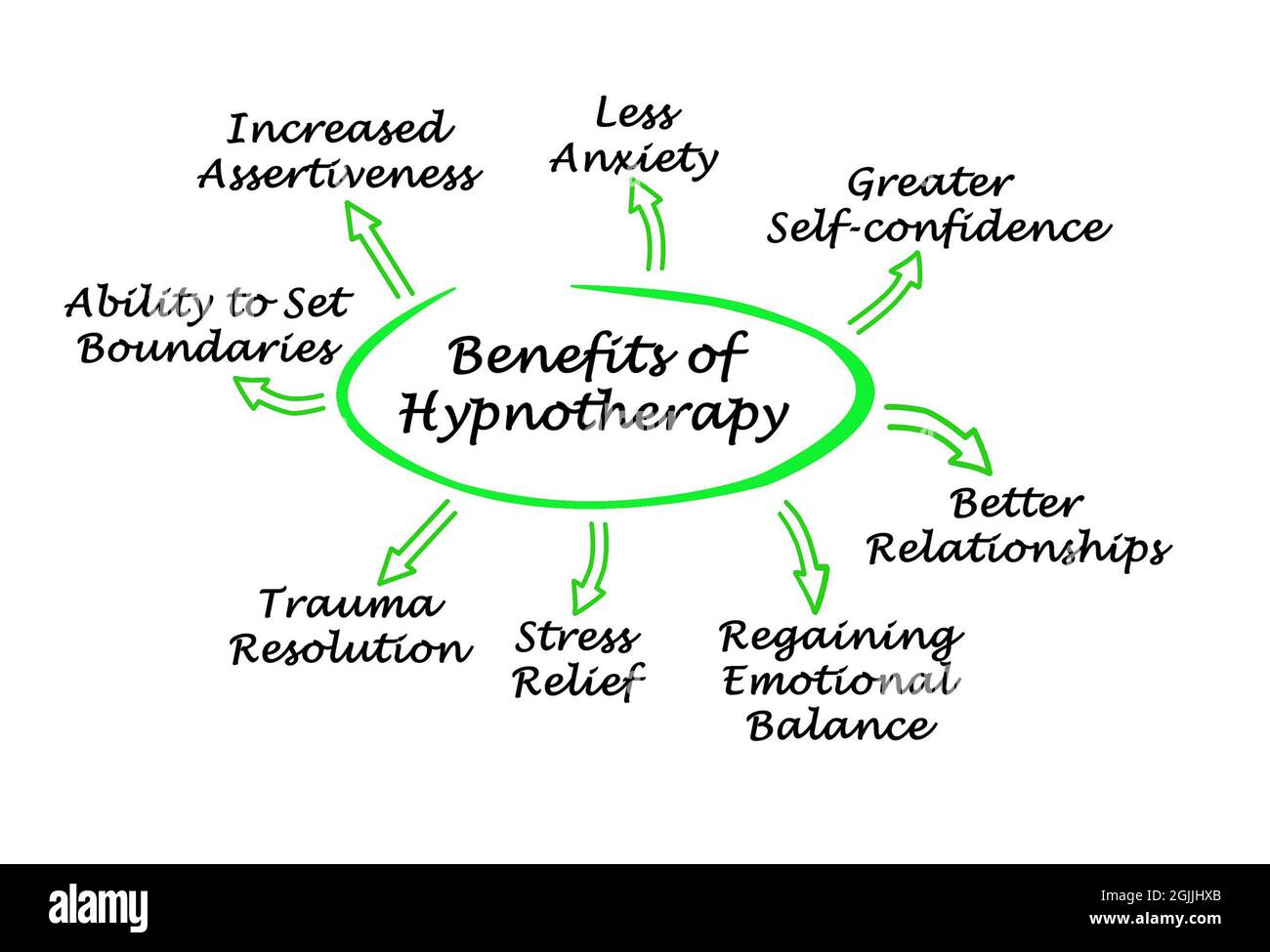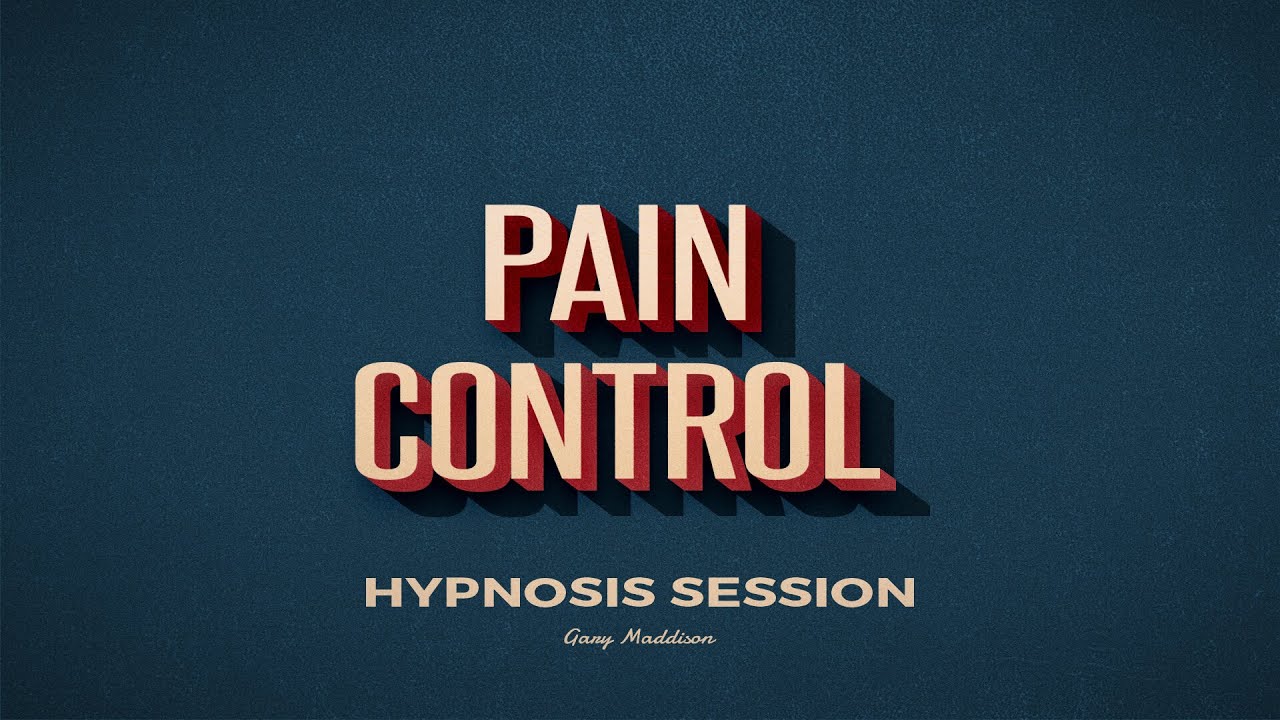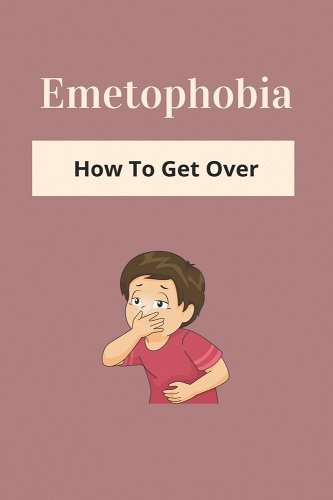
It can be difficult to overcome a fear of driving. The reasons for the fear vary and there are many people who are susceptible. This fear is more common in those who have been in a car crash. Watching a movie or Mothers Against Drunk Driving's display can also trigger this fear. Some people may not want to learn how to drive so they develop a fear.
It is important to seek professional treatment if you are experiencing symptoms of this disorder. Although a mild case may not cause any significant discomfort, phobias can be severe enough to make it difficult for you to function. The first step to overcoming the condition is therapy. There are many therapies that can be used. Psychological treatments, such as exposure therapy, can also be helpful. For those who are afraid of driving, private driving instructors may be an option.

Those with a fear of driving may experience a variety of physical symptoms. These symptoms can look similar to panic attacks or anxiety in some cases. Others may not feel any symptoms, and they will avoid driving. Despite the widespread nature of the condition, the symptoms of a phobia can make it extremely difficult to cope with day-to-day activities. Extreme phobias can even cause long-term health issues such as diabetes.
There are many things you can do to combat your fear of driving. One way to deal with a fear of driving is to avoid situations that increase the chance of an injury. One example is that a person might be afraid to ride in a car. Another example is that someone who is afraid of heights and the length of bridges may be afraid of feeling the bridge's height. They may even avoid these situations completely, even if they are a good driver. In these cases, the patient may find excuses to get around the phobia.
People with driving phobia may find it difficult to drive or to travel in a vehicle. This is because they fear driving. It doesn't matter what the reason, it can have a significant impact on a person’s ability to drive and their life. It doesn't matter if the fear of driving is mild or severe. However, it can affect a person's ability to work, take part in certain activities, and participate in certain types or work. Driving phobias are not well understood, but they can affect many people.

Psychological counseling is the best treatment for driving fear. This involves exposing the person to situations that can trigger their fear. The therapist will work with the sufferer to help them understand their fears. There is no single solution to driving fear. The best way to get rid of fear is to seek treatment. These options can be helpful in allowing a person to live a normal, happy life.
FAQ
Is cold a sign of a weak immune response?
It has been said that there are two types of people on the planet: those who love winter, and those who don't. It doesn't really matter whether you love winter or loathe it. You might be wondering why it makes you miserable.
The truth is that our bodies are built to work best when it's warm. Hot climates are where our food sources are most plentiful, and we evolved to thrive there.
Now, however, we live in a completely different environment to how our ancestors lived. We spend a lot more time indoors, and are often exposed at extreme temperatures (cold and hot), and we eat processed foods over fresh.
This means that our bodies aren’t used to these extremes. That means that when we do venture outdoors, we're left feeling tired, sluggish, and even sick.
These effects can be reversed, however. One way is to make sure that you stay well-hydrated throughout the day. Water is essential for your body to function properly and eliminate toxins.
You must also ensure that you are eating healthy foods. The best way to maintain your body's optimal temperature is by eating nutritious food. This is especially important for those who spend long periods inside.
Consider taking a few moments each morning to meditate. Meditation helps to calm your mind and body which can make it easier to deal stress and illness.
What lifestyle is most healthy?
You can live a healthier lifestyle if you eat healthy food and exercise regularly. If you follow these guidelines, you will be able to lead a long and healthy life.
Start small by changing your diet and exercising routine. If you're looking to lose weight, walk for 30 minutes each morning. If you're looking for a way to increase your activity, consider taking up swimming or dancing. You can also sign up for an online fitness program, such as Strava and Fitbit. This will track your activity.
How often should you exercise?
For a healthy lifestyle, exercise is vital. However, there isn't a set amount of time you must spend working out. The key is finding something you enjoy and stick with it.
When you exercise three times per week, aim for 20-30 minutes moderate intensity. Moderate intensity means you'll still be breathing hard after you've finished. This type works out burns around 300 calories.
Walk for at least 10 minutes four days a weeks if you prefer walking. Walking is low in impact and easy for your joints.
You can also run for 15 minutes, three times per week. Running is a great way of burning calories and building muscle tone.
Start slowly if you aren't used to doing exercise. Start with just 5 minutes of cardio a few times a week. Gradually increase the duration until you reach your goal.
Exercise: Is it good or bad for immunity?
Your immune system is strengthened by exercise. Exercise increases white blood cell production, which helps fight off infection. You can also eliminate toxins from the body. Exercise is a great way to prevent heart disease, cancer, and other diseases. It also reduces stress levels.
Exercising too frequently can make your immune system weaker. If you work out too hard, your muscles become sore. This can lead to inflammation and swelling. Your body then has to produce more antibodies to fight off infection. These extra antibodies can lead to allergies or autoimmune disorders.
So, don't overdo it!
Is being cold good for your immune system.
Cold can make you less immune to infection because your body makes fewer white blood cells, which are essential for fighting infections. You will feel less pain if you are cold.
What's the problem with BMI?
BMI is the acronym for Body Mass Index. It measures body fat based upon height and weight. BMI is calculated using the following formula:
Weight in kilograms divided by height in meters squared.
The result is expressed as a number from 0 to 25. A score of 18.5+ indicates that you are overweight. A score higher than 23 indicates that you are obese.
A person of 100 kg with a height of 1.75m will have 22 BMI.
Statistics
- The Dietary Guidelines for Americans recommend keeping added sugar intake below 10% of your daily calorie intake, while the World Health Organization recommends slashing added sugars to 5% or less of your daily calories for optimal health (59Trusted (healthline.com)
- Extra virgin olive oil may benefit heart health, as people who consume it have a lower risk for dying from heart attacks and strokes according to some evidence (57Trusted Source (healthline.com)
- According to the Physical Activity Guidelines for Americans, we should strive for at least 150 minutes of moderate intensity activity each week (54Trusted Source Smoking, harmful use of drugs, and alcohol abuse can all seriously negatively affect your health. (healthline.com)
- nutrients.[17]X Research sourceWhole grains to try include: 100% whole wheat pasta and bread, brown rice, whole grain oats, farro, millet, quinoa, and barley. (wikihow.com)
External Links
How To
What does the meaning of "vitamin?"
Vitamins are organic substances found naturally in food. Vitamins allow us to absorb nutrients from food. The body cannot make vitamins; therefore, they must be obtained from food.
There are two types of vitamins: water soluble and fat soluble. Water-soluble vitamins dissolve quickly in water. These include vitamin C (thiamine), Vitamin B1 (riboflavin), Vitamin B2 (riboflavin), Vitamin B3 (niacin), Vitamin B6 (pyridoxine), Vitamin C, B1 (thiamine), Vitamin B2 (riboflavin), Vitamin B3 (niacin), and Vitamin B6 (pyridoxine). Fat-soluble vitamins are stored in the liver, fatty tissue and kidneys. Some examples include vitamin D and E, K, A and beta carotene.
Vitamins are classified based on their biological activity. There are eight major groups of vitamins:
-
A - Essential for healthy growth and health maintenance.
-
C - important for proper nerve function and energy production.
-
D - Vital for healthy bones and teeth
-
E is necessary for good vision, reproduction.
-
K – Required for healthy nerves & muscles.
-
P – vital for building strong bones.
-
Q – aids digestion of iron and iron absorption
-
R - Red blood cells are made from red blood cells.
The recommended daily allowance (RDA) of vitamins varies depending on age, gender, and physical condition. The U.S. Food and Drug Administration (FDA) sets the RDA values.
For adults over 19 years, the RDA is 400 mg per day for vitamin A. Pregnant women require 600 micrograms daily to support fetal development. Children ages 1-8 require 900 micrograms per day. Infants under one year of age require 700 micrograms per day, but this amount decreases to 500 micrograms per day between 9 months and 12 months of age.
Children ages 1-18years who are obese need 800 micrograms per day while those who are overweight need 1000 micrograms per day and children who are underweight need 1200 micrograms per day to meet their nutritional needs.
Children ages 4-8 years who have been diagnosed with anemia need 2200 micrograms per day of vitamin C.
Adults over 50 years of age need 2000 micrograms per day for general health. Breastfeeding or pregnant women require 3000 micrograms per daily due to higher nutrient demands.
Adults over 70 need 1500 micrograms daily, as they lose 10% of their muscle every ten years.
Women who have been pregnant or are lactating require more than the RDA. Pregnant women need 4000 micrograms per dayduring pregnancy and 2500 micrograms per day after delivery. Breastfeeding mothers require 5000 micrograms daily when breast milk production is occurring.